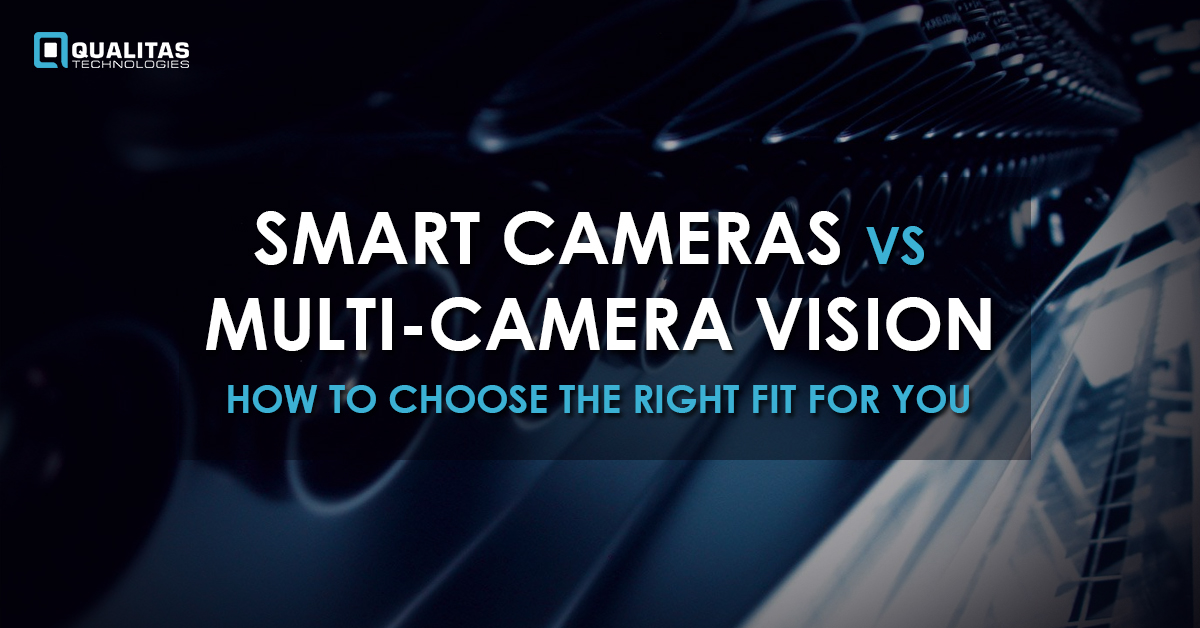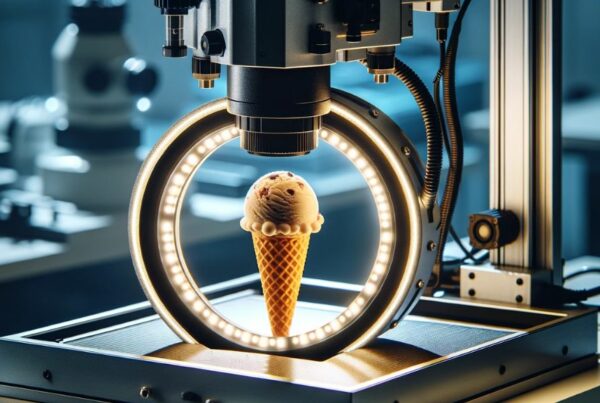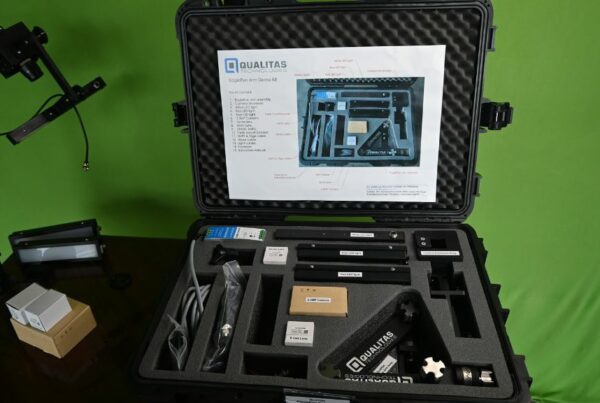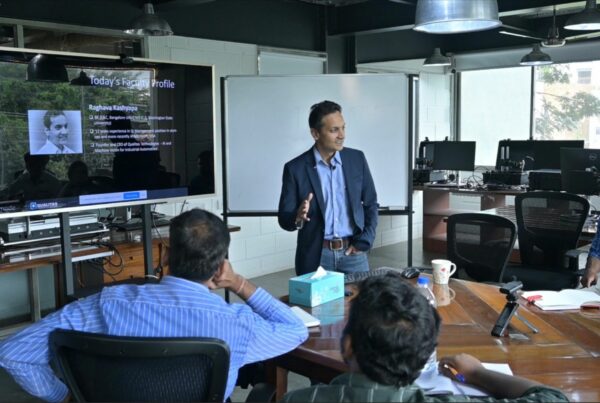
Introduction
To the uninitiated, Machine Vision is the computer-based characterization of a digital image, generated by electronic sensors. Every MV based system possesses multiple image sensors and cameras that capture images for analysis and execution, according to the pre-defined algorithms. So, the image capturing vision solutions can be divided into two categories which are: Smart cameras (with a single embedded sensor) and multi-camera vision systems (with multiple sensors). Despite the fact that both of these types coordinate with other equipment and share information, their functioning is fundamentally different.
So, the burning question is, which one is better, smart cameras or multi-camera vision systems? In this article, we will enumerate the various features of both vision systems and then, compare them on significant parameters like performance, costs, and integration capabilities, so that you may judge the better yourself.
Related Article– The Ultimate Guide to Machine Vision Camera Selection
Smart Cameras
When the smart cameras were introduced in the mid-80s, they were limited to performing only pre-defined algorithms. However, as microprocessors, DSPs and FPGAs are getting faster, these smart cameras are becoming smarter. A smart camera is, as the name suggests, an ‘intelligent’ machine vision camera that is capable of extracting relevant details and transmitting the information. These are self-contained, standalone systems and may be equipped with memory, sensors, processor, Ethernet, industry proof 24 I/O lines for connection, and illumination devices. Its size is a little larger than the conventional security cameras. These are easy to use and can be conveniently modified and integrated. However, the lack of standardization in the installation process and higher costs could dampen its market growth.
Multi-Camera Vision Systems
In simple words, multi-camera vision systems involve a computer and multiple sensor-equipped cameras. These cameras sense the object, capture relevant images and send the entire data to the computer. The computer after analyzing the data takes decisions accordingly. It then sends instructions to the host machinery, like robots, which then execute the instructions. These systems are quite powerful, cost-effective, and deliver high performance.
Also, Read IMAGE ACQUISITION COMPONENTS
The Face-off: Smart Cameras VS Multi-Camera Vision Systems
Both the solutions can be compared on several parameters, some of which are mentioned below:
- Performance
Despite the fact that smart cameras are evolving with technology, they do possess limited capabilities and flexibility. Due to the nature of embedded components, smart cameras can never equal the performance of multi-camera vision systems. Thus, multi-camera vision systems can handle a wider variety of complex tasks. Also, transferring and logging all image data is faster with the latter, since the images are already in the PC’s memory.
- Costs
Clearly, deploying a lot of smart cameras is more expensive than deploying a multi-camera vision system, which is a single computer with attached cameras. In some cases, if a lot of computers and cameras need to be deployed, using smart cameras might be more cost-effective then. But in most cases, multi-camera vision is the clear winner in this category with an unbeaten performance to cost ratio.
- Integration
Future issues are bound to arise, at some point in time, in both systems. Just imagine, if you have 60 cameras with a multi-camera vision system, you will have to disturb other tasks and modify the entire code, just to add another system or modify one of them. Since each camera is a separate entity and separated from other cameras in the smart cameras type, they can be integrated and modified easily and hence, is the better choice when considering the integration capabilities.
- Configuration
Smart cameras can be configured quite easily compared to the traditional PC-based machine vision systems. Compared to cranking C or C++ codes from multiple cameras, smart cameras nowadays can be configured with a graphical user interface. The sooner the configuration is completed, the lower will be development costs and the quicker will the systems be deployed.
Also, Read PARAMETERS FOR LENS SELECTION
- Evaluation
Sometimes, pass/fail tests need to be carried out at specific checkpoints to evaluate the performance and perform necessary modifications accordingly. In such cases, it is much better to have smart cameras. Smart cameras, being stand-alone machine vision systems, should be used to monitor specific tasks when required.
- Application
The environment and conditions where the solutions are to be implemented play a major role in the choice of the type of cameras. Smart cameras, for instance, operate better in harsh conditions. Also, considering the application, if the automobile industry is concerned, smart cameras are better to accomplish operations at multiple checkpoints. Similarly, sometimes in complex operations and the final inspection stage, even more than 20 sensors are required. In such a case, it is better to have a ‘centralized’ system, and hence, multi-camera solutions much be better suited and more cost-effective.
Related Article– 7 APPLICATIONS OF MACHINE VISION
- Storage and Resolution
Considering storage and resolution, the differences in the two solutions are not quite large. But in few scenarios, a centralized and powerful system namely, a multi-camera vision system might be a better choice.
Conclusion
Undoubtedly, it can be asserted that a robust, manageable and economical image processing solution is a must-have for any Machine Vision system. After carefully weighing all the advantages, disadvantages and the comparison on prominent parameters, you can now judge the best one yourself. For a thriving and productive industry, it is important to identify, customize according to your needs and implement the system which can deliver the better results.
Register For Our Upcoming Free Webinar





